The measurement of dissolved oxygen is essential for quality assurance and process control in numerous applications such as aeration control, fermentation or inertization. We provide instruments for reliable and accurate oxygen analysis over all measurement ranges from oxygen traces to high oxygen concentrations and for all conditions such as hazardous areas or hygienic processes. Check out our broad offering of dissolved oxygen sensors and transmitters by clicking on the button below.
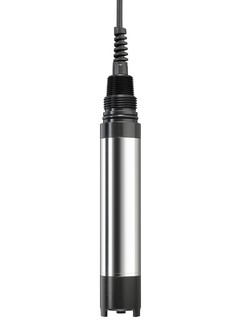
Memosens optical high-performance oxygen sensor. Offers fast, accurate & reliable measurement in water, wastewater and utilities.
Predecessor model: Memosens optical oxygen sensor for water, wastewater and utilities
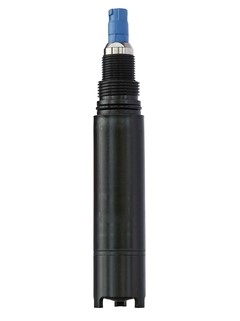
Amperometric oxygen sensor with memosens technology, for water, wastewater and utilities.
Predecessor model: Oxymax W COS31. Successor: Memosens COS51E
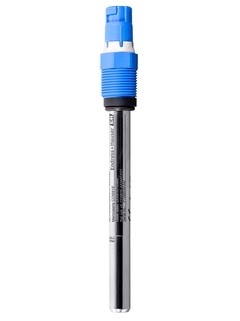
Hygienic sensor memosens 2.0 for the food industries and life sciences.
Predecessor model: Memosens COS81D
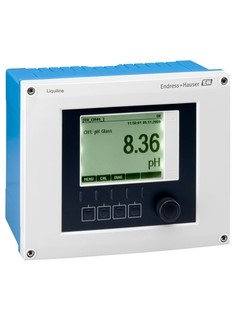
Expandable multiparameter transmitter, suitable for all industries.
Predecessor model: Turbimax CUE21, Sludge level CUC101, Liquisys M CUM253, Liquisys M CUM223, ISEmax CAM40, Liquisys M COM223F, Liquisys M COM253F, Stamosens CSM750, Turbidity Transmitter CUM740, Stamosens CNM750
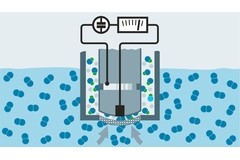
Amperometric oxygen probes comprise a working electrode and a counter electrode. They are surrounded by an electrolytic liquid in a common chamber and a direct voltage is applied to both. Oxygen permeates from the medium into the electrolyte through a membrane and is converted to a current at the working electrode. The counter electrode keeps the system running by means of a chemical equivalence reaction. The resulting current is proportional to the oxygen partial pressure in the medium.
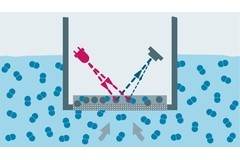
Optical oxygen probes use the fluorescence quenching method and feature an LED, a photodiode and a separating section to the medium that is covered by an oxygen-permeable layer. The layer contains marker molecules that are excited by an orange light and respond with a dark red fluorescence light. Oxygen molecules attach to the marker molecules and attenuate (quench) the fluorescence light. The photodiode then detects the light intensity which reflects the oxygen partial pressure in the medium.